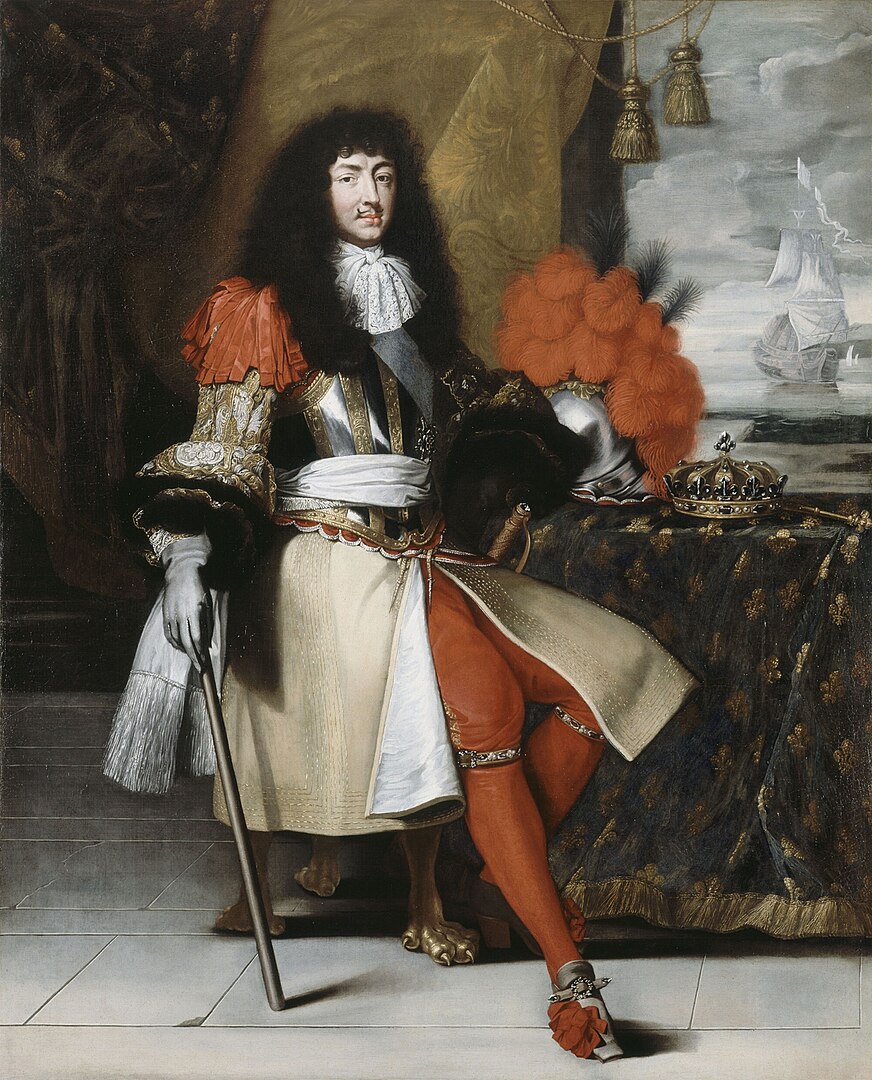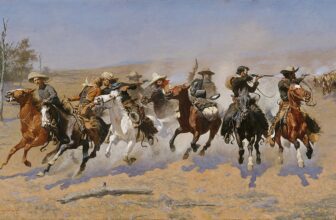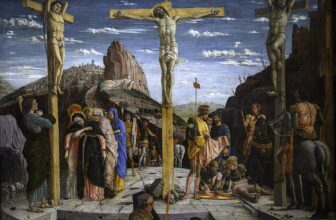
Why is Louis XIV so famous?
Louis XIV, famously known as the “Sun King,” remains one of the most celebrated monarchs in history. His fame stems from a combination of his lengthy reign, his profound influence on France and Europe, his embodiment of absolute monarchy, and his cultural and architectural legacy that continues to awe the world. This true story explores the life and accomplishments of Louis XIV, delving into why he became such an iconic figure.
A Remarkable Reign: The Longest in European History
Louis XIV ascended the throne of France in 1643 at the tender age of four and ruled for an unprecedented 72 years until his death in 1715. His reign remains the longest of any monarch in European history. This extraordinary tenure allowed him to exert a profound and lasting impact on France and solidify his place in history.
As a child, Louis’s rule was overseen by his mother, Anne of Austria, and Cardinal Mazarin, who served as the de facto leader. However, the young king’s experiences during the Fronde, a series of civil wars in France, shaped his perspective on governance. The instability and humiliation he endured fostered his determination to consolidate royal power and ensure that no one could challenge the monarchy’s authority again.
The Rise of Absolute Monarchy
Louis XIV’s most defining legacy is his role as the quintessential absolute monarch. Declaring “L’État, c’est moi” (“I am the State”), Louis positioned himself as the embodiment of France. He centralized power in his hands, diminishing the influence of the nobility and other institutions. By restructuring the government, he ensured that all significant decisions were made under his authority.
One of his most effective strategies was to control the French nobility by involving them in elaborate court rituals at the Palace of Versailles. This kept potential rivals close and dependent on royal favor, preventing them from amassing independent power. Under Louis’s reign, France transitioned into one of the most centralized and powerful states in Europe, setting an example for other monarchies.
The Palace of Versailles: A Monument to Grandeur
One of the most visible and enduring symbols of Louis XIV’s reign is the Palace of Versailles. Originally a modest hunting lodge built by his father, Louis transformed it into a sprawling, opulent palace that showcased the wealth and power of France. Versailles became not only the king’s residence but also the political and cultural heart of the nation.
The palace’s grandeur is unparalleled, with its intricate architecture, stunning gardens, and the Hall of Mirrors, a breathtaking gallery adorned with gilded sculptures and ornate mirrors reflecting natural light. Versailles was a statement to both the French people and foreign powers: Louis XIV was not just a king; he was the Sun King, radiating magnificence and authority.
Patron of the Arts and Culture
Louis XIV’s reign is often referred to as the “Grand Siècle” or “Great Century” due to its flourishing arts and culture. The Sun King was a patron of artists, writers, and musicians, fostering a golden age of French culture. He supported luminaries such as Molière, Jean-Baptiste Lully, and Charles Le Brun, elevating French art and literature to new heights.
Louis also established institutions like the Académie Royale de Peinture et de Sculpture and the Académie Royale de Musique, which standardized and promoted artistic excellence. His dedication to the arts not only enriched French culture but also set trends that influenced Europe for generations.
Military Expansion and Diplomacy
Louis XIV sought to expand France’s borders and secure its dominance in Europe. Under his leadership, France engaged in several major conflicts, including the Franco Dutch War, the War of the League of Augsburg, and the War of the Spanish Succession. These wars aimed to extend France’s territory and establish it as the preeminent European power.
While his military campaigns were costly and met with mixed success, they cemented France’s reputation as a formidable force. Louis also invested in modernizing the French army, making it one of the most powerful and professional in Europe. His efforts contributed to the development of a centralized military bureaucracy that influenced future European armies.
Religious Policies: A Complex Legacy
Louis XIV’s religious policies were another significant aspect of his reign. A devout Catholic, he sought to enforce religious unity in France. In 1685, he revoked the Edict of Nantes, which had granted religious tolerance to Huguenots (French Protestants). This decision led to the persecution of Huguenots, forcing many to flee the country and causing a significant loss of skilled workers and economic contributors.
While Louis believed this policy would strengthen France’s unity, it also created divisions and weakened the nation in certain areas. His approach to religion reflects the complexities and contradictions of his reign—a monarch who sought to unify his kingdom but sometimes did so at great cost.
The Legacy of the Sun King
Louis XIV’s influence extended far beyond his lifetime. His vision of absolute monarchy shaped the course of French history, serving as a model for other European rulers. However, his ambitious projects and constant wars drained France’s treasury, sowing seeds of discontent that would contribute to the French Revolution decades later.
Despite these challenges, Louis XIV’s reign is remembered as a period of unparalleled splendor and cultural achievement. His ability to consolidate power, his patronage of the arts, and his monumental architectural contributions have left an indelible mark on history.
Louis XIV’s fame is well deserved. He was a ruler of immense ambition and vision, whose policies and projects transformed France into a global superpower of his time. His reign was a blend of grandeur and complexity, reflecting both the heights of human achievement and the pitfalls of absolute power. The Sun King’s legacy continues to captivate historians, artists, and admirers worldwide, ensuring his place as one of history’s most iconic monarchs.




